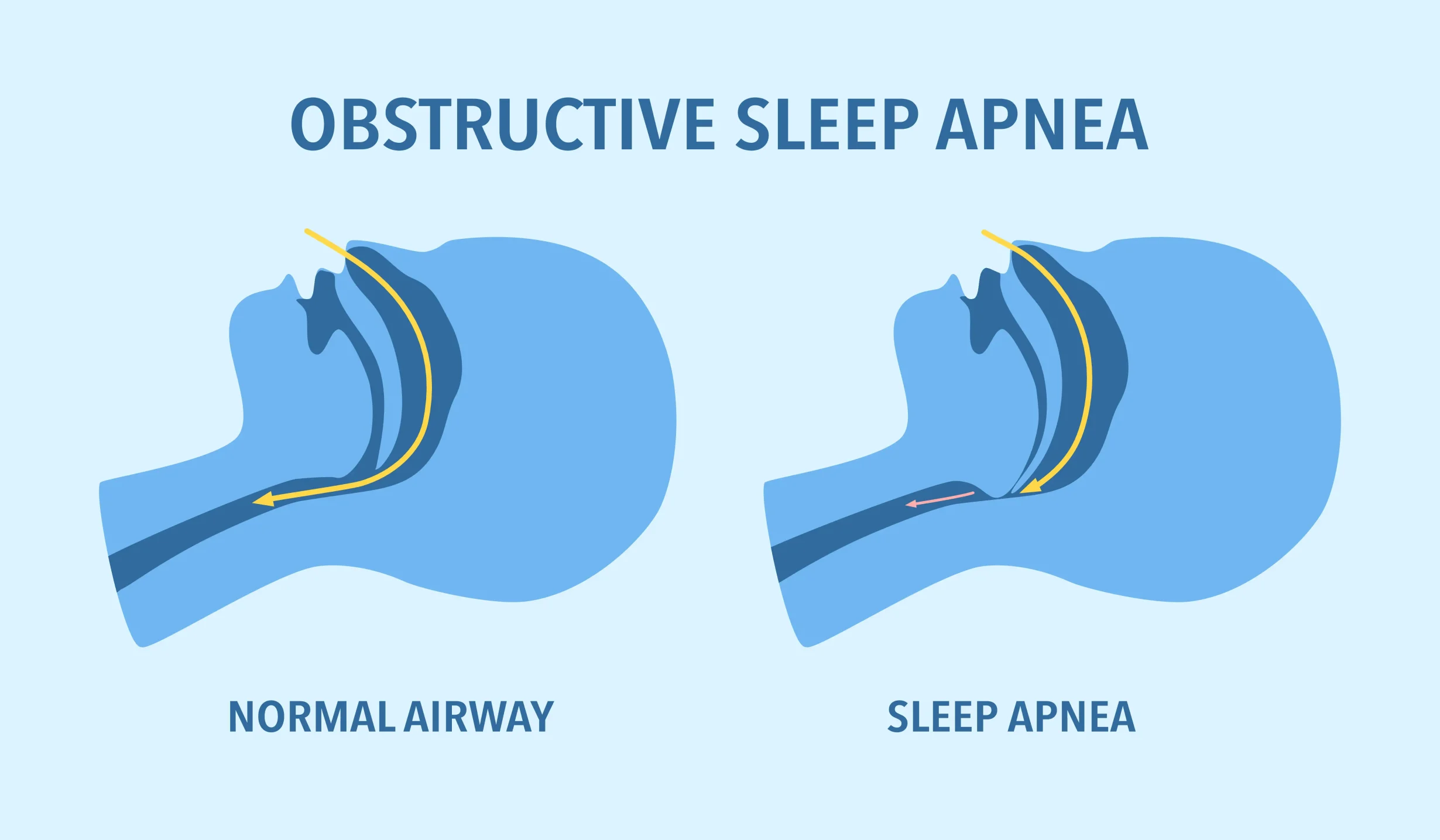Post-Traumatic Stress Disorder (PTSD) is a mental health condition that can develop after experiencing or witnessing a traumatic1 event. This disorder can significantly impact a person’s mental and emotional well-being, affecting their daily life and relationships.
Symptoms of PTSD
Individuals with PTSD may experience a range of symptoms, which can be categorized into four main clusters:
- Intrusive Thoughts and Memories:
- Frequent and intrusive memories of the traumatic event
- Nightmares about the event
- Flashbacks, feeling as if the traumatic event is happening again
- Avoidance:
- Efforts to avoid thoughts, feelings, or reminders of the traumatic event
- Avoidance of people, places, or activities associated with the trauma
- Negative Thoughts and Feelings:
- Difficulty concentrating
- Feeling detached or estranged from others
- Persistent negative emotions, such as fear, guilt, or shame
- Reduced interest in activities
- Hyperarousal and Reactivity:
- Difficulty falling or staying asleep
- Irritability or outbursts of anger
- Hypervigilance or increased awareness of surroundings
- Startle response
Causes of PTSD
PTSD can develop after experiencing or witnessing a traumatic event, such as:
- Natural disasters
- Accidents
- Combat exposure
- Sexual assault
- Physical assault
Treatment of PTSD
Treatment for PTSD typically involves a combination of therapies and medications:
- Psychotherapy: Cognitive-behavioral therapy (CBT) is a common treatment approach that helps individuals identify and challenge negative thoughts and behaviors related to the trauma.
- Medication: Medications, such as antidepressants and anti-anxiety medications, may be used to manage symptoms like depression, anxiety, and insomnia.
- Eye Movement Desensitization and Reprocessing (EMDR): This therapy involves a specific technique that helps individuals process traumatic memories.
With appropriate treatment, many individuals with PTSD can significantly improve their quality of life and recover from the traumatic experience.



